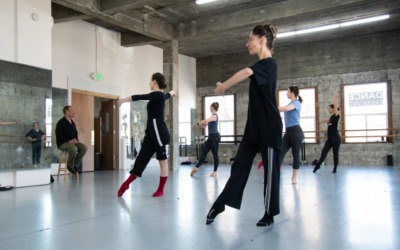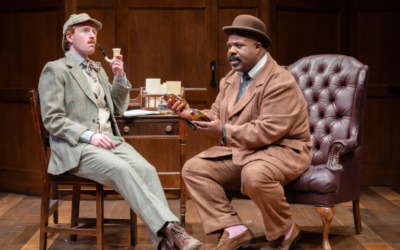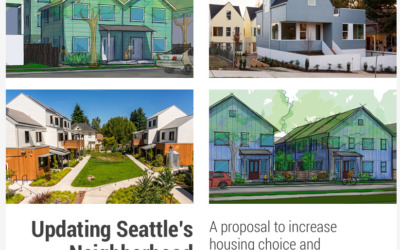A neighborhood “greenway” is coming to Greenwood and Phinney Ridge, and you can help make it happen. The next meeting of our neighborhood greenway group is from 6-7:45 p.m. on Thursday, Feb. 9, at the Greenwood Library, 8016 Greenwood Ave. N.
The City of Seattle is creating 11 miles of greenways through seven neighborhoods this year as part of a pilot program. Greenwood-Phinney’s greenway could be along 1st Avenue NW from NW 85th Street to NW 58th Street.
“Greenways connect parks and schools, community centers and neighborhood business districts. Neighborhood Greenways help with transportation, and they help with getting people where they want to go within their own communities,” City Councilmember Sally Bagshaw said in a recent press release.
The Neighborhood Greenways under SDOT review total 11 miles: seven miles in Ballard, Beacon Hill, Greenwood, North Delridge, Wallingford, and the University District and an additional four miles in Laurelhurst (funded by Seattle Children’s Hospital). These projects are intended to form the backbone of a new network of Greenways that effectively connect people to the places they want to go by giving them a choice to travel on quieter, safer streets around the city.
Neighborhood Greenways are slow-speed, low-traffic residential streets made even more pleasant for the people who live, walk, and bike on them. By adding new park-like amenities and limiting cut-through traffic, Greenways are naturally attractive both for families, and for anyone seeking a safer, more connected community experience. By placing Greenways a block or two away from major arterials, Neighborhood Greenways create a great option for people who prefer to walk or bike away from congested streets. While many new dedicated walking and bicycling trails are beyond the reach of our City’s budget, 10 miles of Greenways can be built for the cost of a single mile of new trail, offering the potential to bring a high-quality network to all Seattle neighborhoods at a comparatively low cost. Greenways have the potential to serve neighborhoods where many people cannot afford a car. Neighborhood access by emergency service vehicles and freight delivery vehicles — and parking — is preserved along Greenways.
Motivated by concerns for public safety and a grassroots movement of citizens across Seattle demanding greater community connection, SDOT staff has been studying how other cities link people with their desired neighborhood destinations. By 2015 in Portland, for example, 85% of all residents will live within a half-mile of a Greenway. Portland’s safe streets policies have made streets safer for everyone whether they choose to walk, ride a bicycle, or drive. Portland’s traffic fatality rate is falling six times faster than the rest of the United States. Infrastructure that makes it safer for walking and bicycling automatically benefits drivers through improved safety and saved lives.




